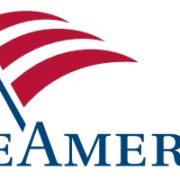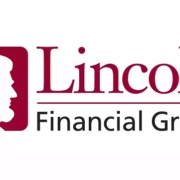How to Cash Out in Retirement – Wall Street Journal

The Wall Street Journal
Weekend Investor – Family Value – March 8, 2011
How to Cash Out in Retirement
By Elanor Laise
Faced with the question of spending in retirement, many financial advisers fall back on “the 4% rule.” With this approach, investors withdraw 4% of their retirement balance in the first year of retirement, or $40,000 from a $1 million portfolio.
As a general rule, many advisers suggest tapping taxable accounts first, then tax-deferred and finally the Roth accounts. That sequence allows tax-favored investments to accumulate longer.
Comments March 8, 2011
Fortunately, most investors understand the benefits derived from portfolio diversification – a strategy based on multiple baskets with multiple eggs is less risky than owning only a few eggs. Unfortunately, most investors are either unaware or do not implement tax diversification – a strategy based on tax deferred, tax advantaged and tax free accounts. Implement a tax diversification strategy now so you can avoid and/or mitigate your taxes in retirement.
As recently as 1980, the top federal marginal income tax rate (TFMITR) was 70%. While you may believe your income tax rate will be lower in retirement that may prove to be a very conservative assumption. Tax law seems to shift like the wind. Unprecedented federal, state and municipal deficits almost insure windier days ahead – in the form of tax increases.
Withdrawals (including Required Minimum Distributions) of pre-tax assets from your traditional IRA or traditional 401(k) account are taxable as income, with a 35% TFMITR (through 2012). Since withdrawals are taxed at 35%, you must withdraw over 6% before taxes to simply wind up with 4% after taxes. Of course, this ignores any state or municipal taxes.
Importantly, there are estate and financial planning strategies to avoid Required Minimum Distributions (RMDs) entirely. Avoiding RMDs can save $700,000 of taxes on a $2 million pre-tax 401(k) account, based on the current 35% TFMITR. The tax savings would be significantly greater if the assets experienced any appreciation, income or dividends. The tax savings would be even greater if the TFMITR increased slightly. The tax savings would double if the 35% TFMITR reverted to the 70% rate of 1980.
When you withdraw assets from your taxable accounts the amount withdrawn can be tax advantaged, based on how the assets are managed. Think of a taxable account like a turnpike with tolls, where you pay as you go. Qualified dividends on stocks in a taxable account are subject to a maximum 15% federal tax rate. Per IRS guidelines, “You must have held the stock for more than 60 days during the 121-day period that begins 60 days before the ex-dividend date.” Gains on investments held over one year are subject to a maximum 15% long term capital gains federal tax rate.
When you withdraw assets from your tax free accounts, such as a Roth IRA or Roth 401(k), you do not pay taxes.
Implementing a tax diversification strategy gives you flexibility to withdraw assets based on ever changing tax rates and tax laws. It also provides flexibility in determining what assets and tax responsibilities you leave your heirs when you pass away.
Aaron Skloff, AIF, CFA, MBA
CEO – Skloff Financial Group
Aaron Skloff, Accredited Investment Fiduciary (AIF), Chartered Financial Analyst (CFA), Master of Business Administration (MBA), is the Chief Executive Officer of Skloff Financial Group, a Registered Investment Advisory firm. The firm specializes in financial planning and investment management services for high net worth individuals and benefits for small to middle sized companies. He can be contacted at www.skloff.com or 908-464-3060.













